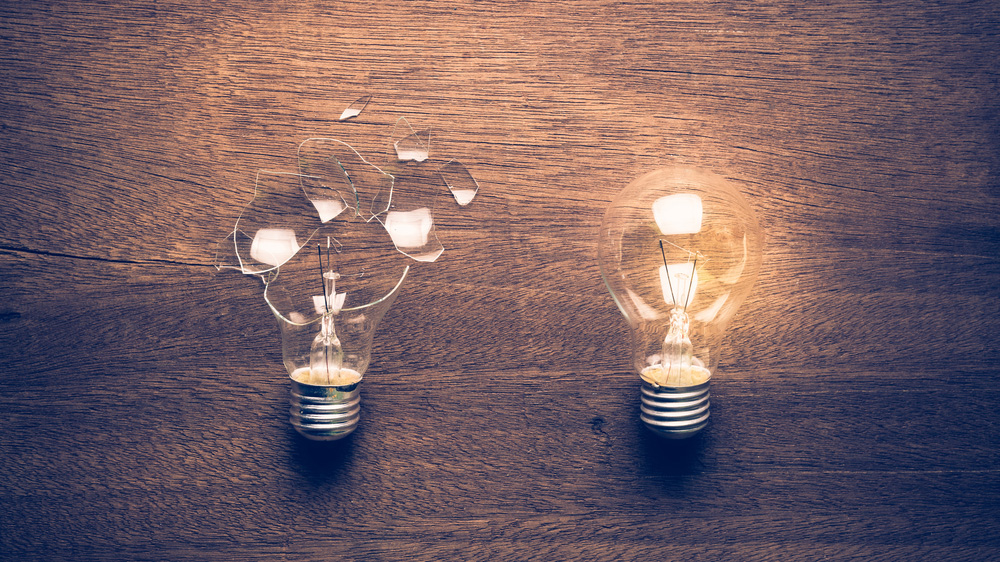Decoding Your Emotions to Better Tame Them
Introduction
Ah, emotions! Sometimes gentle caresses, sometimes furious storms, they set the rhythm of our daily lives without us always realizing it. A glance, a phrase, a scent… and suddenly, our mood shifts! But why? What are these mysterious emotional triggers that dictate our sometimes uncontrollable reactions? Identifying Emotional triggers, these stimuli is about taking control of ourselves, taming our emotions, and cultivating unwavering serenity. Come, embark on this sensory and psychological exploration, where each moment holds a clue to your deepest emotions!
1- Identifying Emotional Triggers: These Invisible Conductors
An emotional trigger is an external or internal signal that activates an almost automatic emotional reaction. It can be an event, a person, a memory, or even a fleeting thought. These triggers are everywhere:
- Sensory: nostalgic music, a childhood scent, a pleasant texture under your fingers…
- Relational: a hurtful remark, a knowing smile, a heavy silence…
- Cognitive: a sudden idea, a shameful memory, an anxious projection into the future…
- Physical: pain, accumulated fatigue, a feeling of hunger…
Each emotion has its own triggers, and some are so subtle they escape our awareness. However, by paying attention, we can learn to anticipate and defuse them.
2- Morning: The Moment of All Dangers (or All Opportunities!)
The alarm rings, and boom! The first emotional jolt. Morning mood is often a valuable indicator of our inner state. Here are some common triggers:
- The sudden wake-up: A sharp sound can trigger a rise in stress as soon as we open our eyes.
- Daylight: Too bright or too dim, it affects our mood.
- The first human contact: A tender glance or a cold word can shape the entire day.
- Breakfast (or its absence!): An empty stomach often equals irritability.
💡 Tip: Try gradual wake-ups (gentle light, soothing sounds) and pamper your first moments with kind rituals.
3- At Work: An Emotional Minefield or a Playground?
The office (or remote work) is full of emotional triggers, and some are particularly powerful:
- Stressful deadlines: The pressure of time activates anxiety and sometimes aggression.
- Social interactions: A sideways glance, a passive-aggressive remark, or a sincere compliment influence mood.
- The environment: Background noise, temperature, lighting… Everything can affect our inner state.
- Failures and successes: An encouraging email boosts the ego, while criticism can destroy it in an instant.
💡 Tip: Take breaks to breathe and identify what affects you the most. An emotional journal can help spot patterns.
4- Afternoon: The Energy Dip, Source of Irritability
Around 2-4 pm, the energy slump strikes. Fatigue, decreased concentration, cravings… and suddenly, emotions are on the rise! Here are some typical triggers:
- Low blood sugar: A sweet snack can help… or worsen emotional instability.
- Accumulated frustrations: Patience wears thin as the hours pass.
- Lack of movement: Sitting for too long contributes to irritability.
- A sense of inefficiency: An unfinished task can generate stress.
💡 Tip: Schedule a small energizing ritual (stretching, walking, comforting hot drink) to boost energy without succumbing to stress.
5- Evening: The Time for Reflection… and Exaggerated Emotions
After a full day, emotions resurface:
- Fatigue amplifies feelings: We become more susceptible, nostalgic, and reactive.
- Relational tensions: After a stressful day, a clumsy word can trigger a conflict.
- Returning to oneself: Some feel a heavy loneliness, others a well-deserved relaxation.
- Hyperconnection: Social media can stir up jealousy, frustration, or uncontrolled excitement.
💡 Tip: Take 5 minutes to reflect: “What affected me today?” Write it down and observe trends over several days.
6- Identifying Your Personal Triggers: The Key to Emotional Well-Being
Everyone reacts differently to stimuli. To understand your own triggers, here are some ways:
- Observe your reactions: When a strong emotion arises, stop. What was the trigger?
- Keep an emotional journal: Write down the significant moments of your day and the associated emotions.
- Analyze recurring patterns: What are the most frequent triggers?
- Experiment with adjustments: Changing habits can alter emotional responses.
The goal is not to eliminate emotions (they are valuable!), but to learn how to navigate them better.
Conclusion: Make Your Emotions Your Allies!
Emotional triggers are everywhere, ready to ignite our joys, angers, and fears. But by identifying emotional triggers, we no longer just react: we choose how to respond. So, are you ready to transform your daily life into a sensory and emotional exploration? Each day then becomes a playground, where we learn to dance with our emotions rather than flee from them.
Does this article help you better understand and manage your emotions? 😊
Sources :
- Psychological Science – “Emotional triggers and brain response” – Site
- Journal of Behavioral Studies – “Cognitive biases and emotional reactions” – Site
- Neuroscience Today – “The link between memory and emotional triggers” – Site
- Harvard Psychology Review – “Managing emotional responses in daily life” – Site
- The Journal of Emotional Regulation – “How to identify and control emotional triggers” – Site


